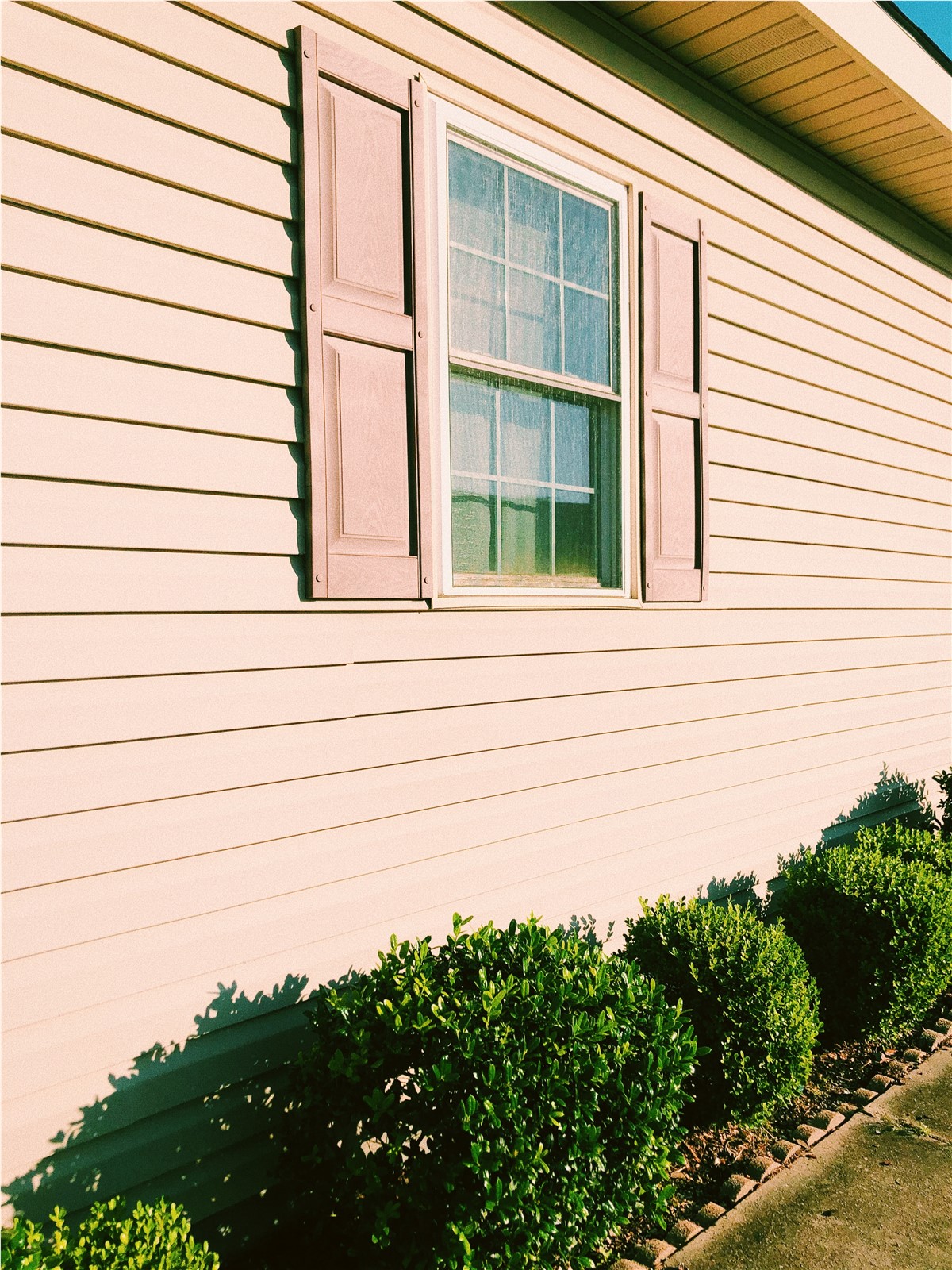
Keeping your vinyl siding clean is an important part of regular home exterior maintenance and should be conducted annually. Vinyl is a popular siding material that is low maintenance, but that doesn’t mean that you don’t have to clean it.
Vinyl siding is one of the most popular materials for exterior cladding due to its cost-effectiveness, plethora of color and texture options, and low maintenance. If you’ve chosen vinyl siding as your home exterior option, let’s walk through the best practices for clean vinyl siding.
What Do I Need to Clean Vinyl Siding?
Vinyl is an entirely different material than wood siding or concrete fiberboard. The cleaning process is going to be different due to how the material is manufactured and its properties.
Cleaning Checklist
Siding cleaning can be a DIY project on a spring day. By cleaning your siding annually, you are reducing the chance of dirt dust, grease, mildew, or rust staining the siding. Not to mention, pollen collection or spider webs can add to the layer of grime that accumulates on your siding throughout the year.
Depending on how soiled the siding is, you may be able to rinse away any grime found on the exterior of your home. Simply use your garden hose with a sprayer nozzle to rinse off the outside of your house. If you find that some grime persists, you will need to step it up a notch.
Required Supplies
- A soft cloth or a soft-bristled brush will suffice for your annual cleaning. Extendable handles are helpful if you have a two-story home
- Bucket for your solution or pump sprayer
- Garden hose
- Cleaning solution
Cleaning Solution
- A basic vinyl cleaning solution is made from 70% water and 30% vinegar. It will remove light stains and mildew.
- For a more aggressive cleaning solution, use the following;
- Use one-third cup of powdered laundry detergent
- Two-thirds cup powdered household cleaner
- One quart of liquid laundry bleach
- One gallon of water
- If landscaping damage is a concern, oxygen bleach is good for cleaning vinyl and will not harm your landscaping. Make a mixture of the following
- One gallon of water
- One cup of oxygen bleach
How To Clean Vinyl Siding (Step-By-Step)
- Remove any dirt, wasp nests, bird nests
- Start at the bottom with the soft-bristled brush
- Work from the bottom to the top, brushing horizontally
- Rinse from the top down to remove any residue
What Not to Use To Clean Vinyl Siding
- Steel wool or high-abrasive products
These will scratch and potentially gouge your siding. There is no going back once the damage has been done with the steel wool. The only option to get rid of the damage is to replace that piece of vinyl siding.
- Undiluted bleach
Undiluted bleach will damage your siding and color. We recommend any of the above vinyl cleaning solutions.
- Liquid grease remover
Liquid grease removers contain chemicals that may damage the surface of the siding.
To remove grease from your siding use 2 tbsp of liquid dish soap with 1 gallon of warm water. Dissolve the soap and clean the great spots with a nylon scrub brush.
- Furniture polish
A furniture polish may leave residue behind on your siding.
- Power washer
Many homeowners power wash, but we don’t recommend it. Inexperience with a pressure washer can lead to gouged siding, water behind the siding, mold, and wet insulation. That said, some types of vinyl siding do recommend light power washing. Always consult manufacturers' pointers and if you are questioning your power washing ability, hire a professional.
What Kind of Maintenance Does Vinyl Require?
Vinyl siding is low maintenance. Clean it and inspect it, and that’s about it. However, despite its ease of care, you can go the extra mile and take steps to ensure that large problems do not occur.
How Can I Protect My Siding?
Vinyl siding is a great durable product, but it can be damaged. Keep these common causes of siding damage in mind so you don’t have to have portions fixed or replaced.
Keep Your Grill A Safe Distance Away
Vinyl is lightweight, and it melts with exposure to extreme heat. Watch the proximity of your grill or smoker to the exterior of your home. The U.S. Consumer Product Safety Commission suggests that your grill be placed at least 10 feet away from any structure. That includes your eaves. Keep your family safe, and don’t melt your siding.
Don’t Let The Lawnmower Punch a Hole In It
Lawnmowers are the biggest enemy of your siding. Rocks and branches will punch holes in your siding. Be cautious when mowing and make sure the yard is free and clear of debris.
You can increase the distance between the mower and your home by installing flower beds. This will keep the mower at a safer distance from the house and reduce the opportunity for thrown rocks or sticks. Build flower beds 2 feet away from your siding.
Paint
The purpose of vinyl siding is to not paint it, but if you are suffering from discoloration issues or want to prolong its life for another year or two, painting is an option. However, don’t paint your vinyl siding a dark color. The sun will melt and warp it and cause you to replace it immediately.
Discoloration
Other home exterior products can damage or stain your vinyl siding. Certain insecticides, herbicides, stains, and sealants can leave stains.
Watch for Trees and Shrubs
Not only do trees and shrubs can drop branches that the mower can throw, but they can act as a bridge for insects and get behind your siding. Trim shrubs and trees so that the branches cannot force their way into the seams of your siding. Insects can use these same branches and weak spots to get inside your house.
Vinyl Siding is Easy to Maintain and Looks Great
Vinyl siding is a low-maintenance product that can last for many years before requiring replacement. It’s no wonder that it is such a large portion of the siding market. If you have a home that requires new siding, the team at Shanco has been serving the Washington DC metro area, NOVA, and Richmond for 20 years. Get a free siding consultation today.
Tags
Subscribe to Shanco's Blog


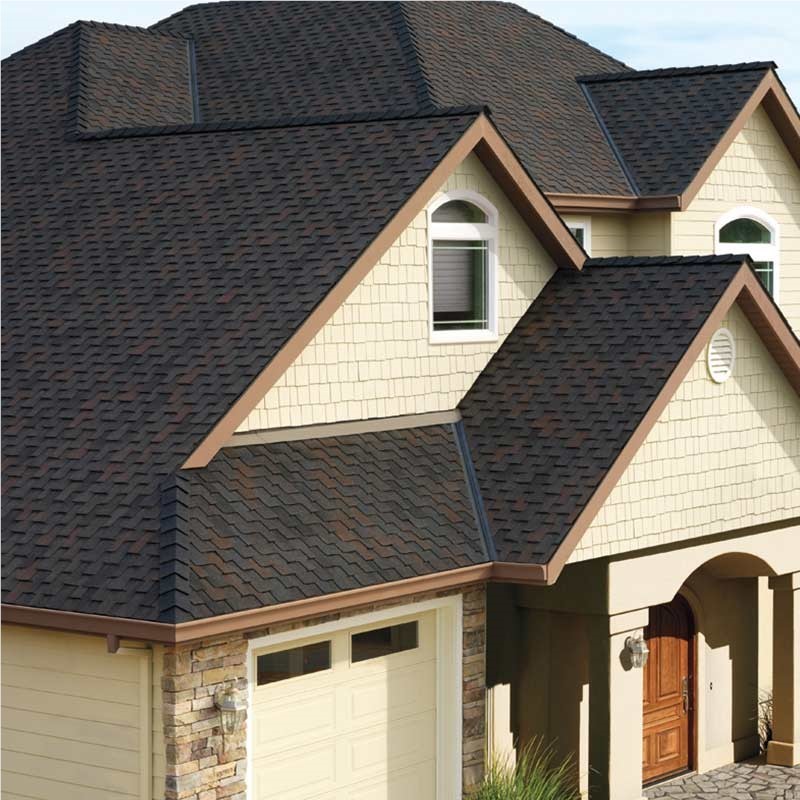
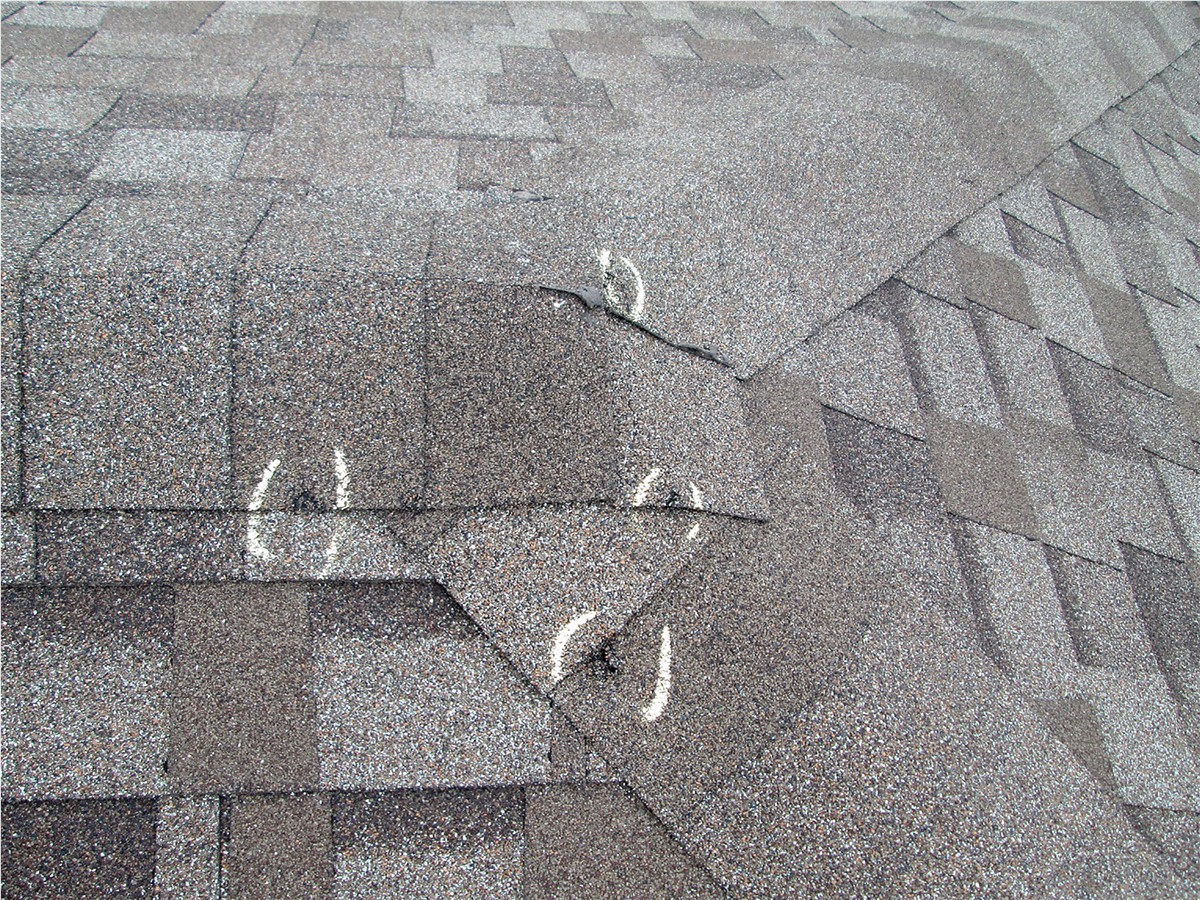
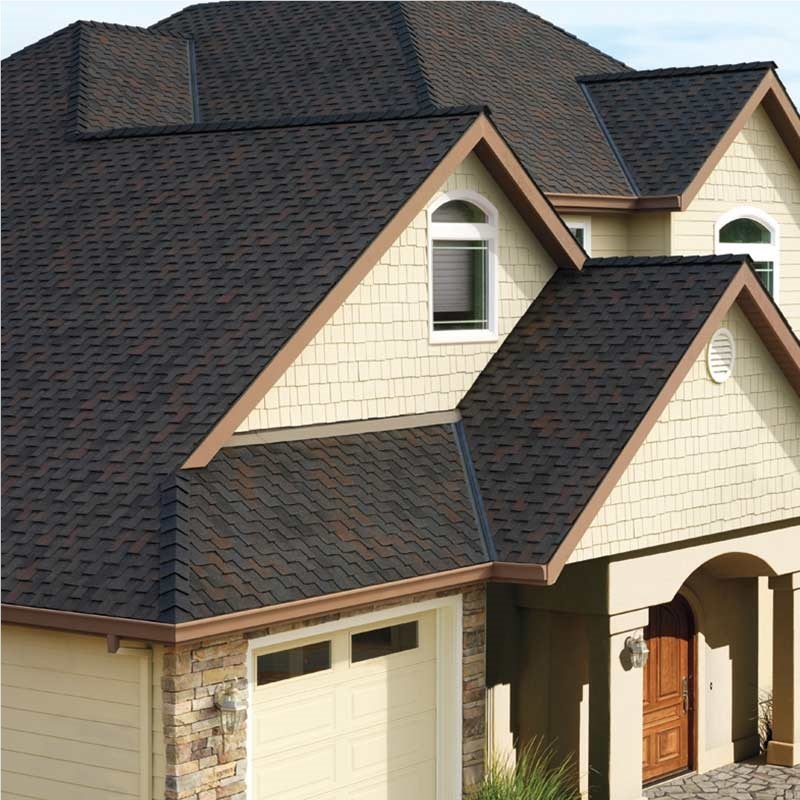
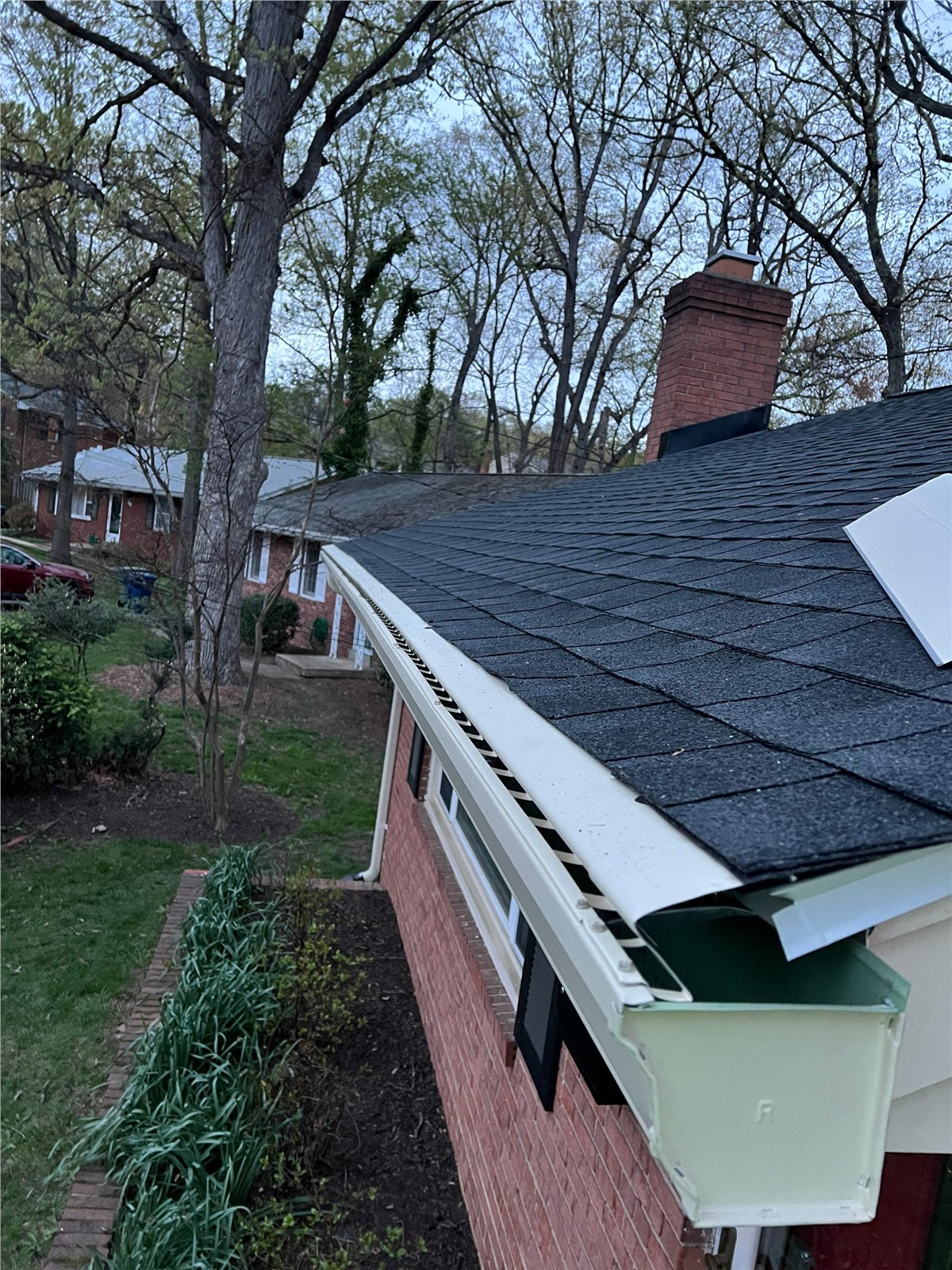

Comments